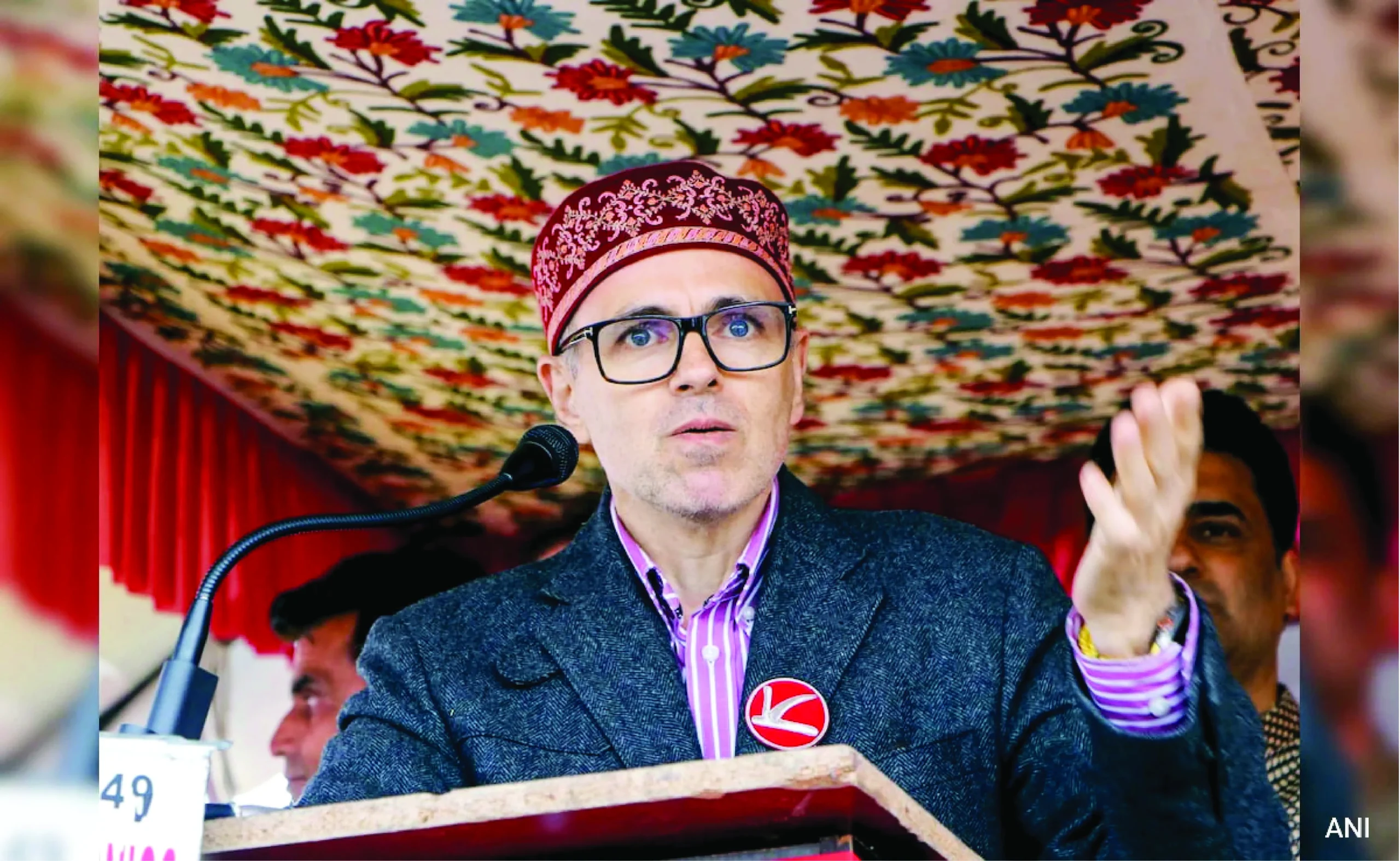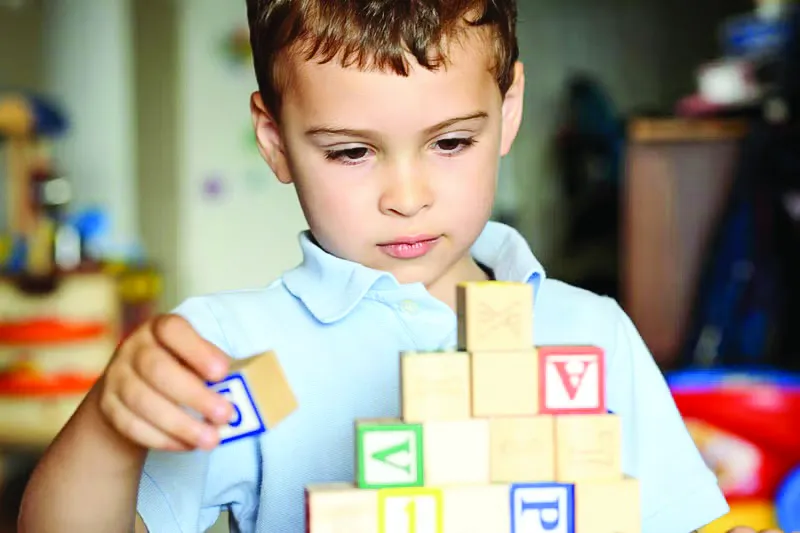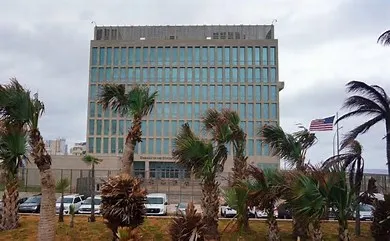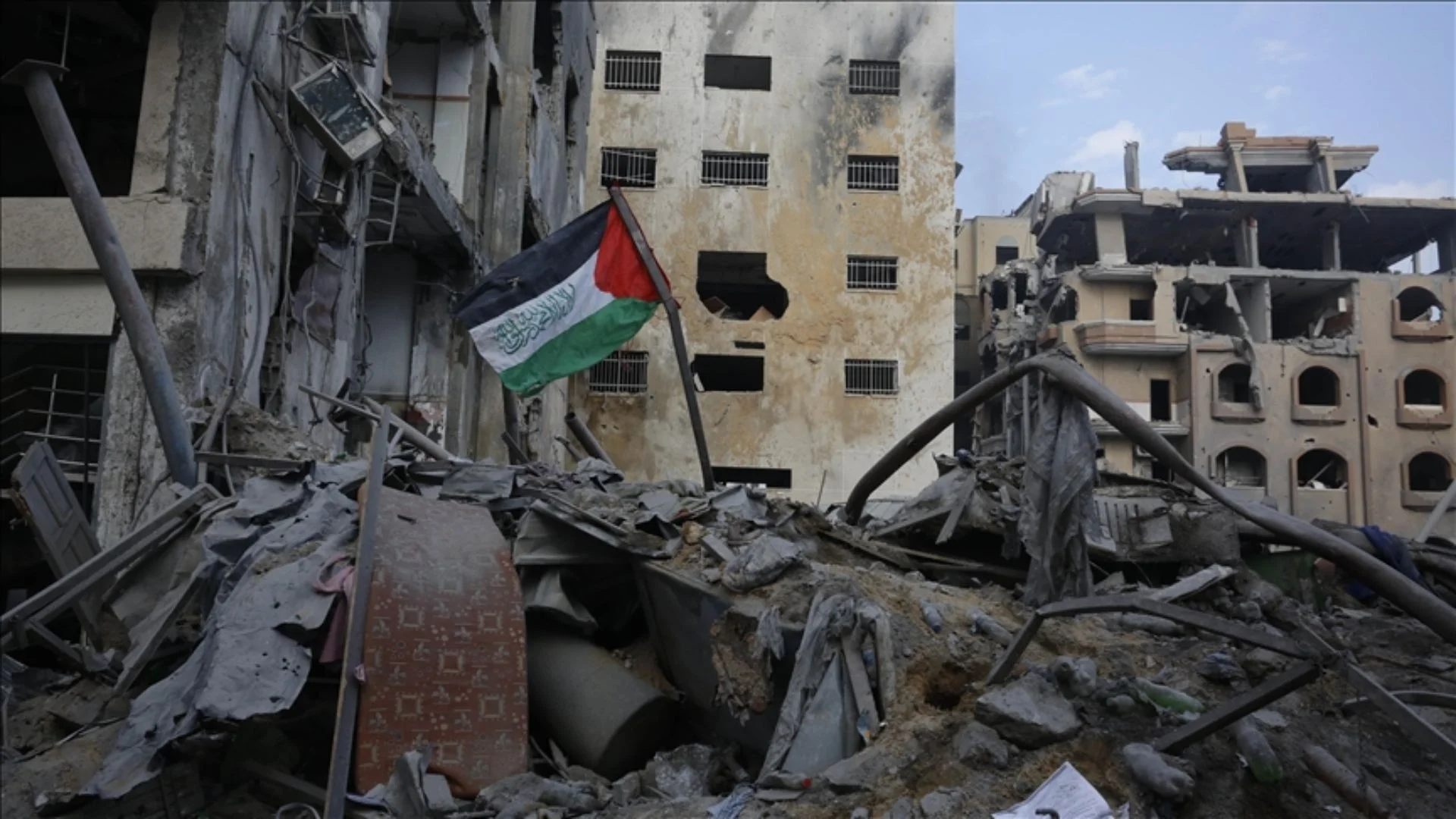Surrounded by lush green forests, Dongargaon is small village in Latur district of Maharashtra (a population of mere 4500) that witnessed a large number of Covid deaths during the pandemic. Many children were orphaned overnight, their daily lives uprooted, forcing them to drop out of school and into child labour.
Like when 15-year-old Baliram’s father succumbed to Covid, he was forced to stop his Class 10 studies and accompanied his mother (a daily wage worker) to work alongside her to make ends meet. Although Baliram had grandparents, they were too old to take care of him. Eventually the running of the entire household fell on his young shoulders making him financially and emotionally vulnerable.
The pandemic and the lockdown that followed was responsible for many children being kept out of schools for the longest period of time. For nearly 16- 18 months, children faced many hurdles in their desire to complete their school education. We witnessed many out-of-school children, being highly susceptible to economic exploitation, abuse, physical violence, trafficking, early marriage, etc. Post reopening of schools too, we found children disconnected not only from attending normal school hours but also from their subjects.
It was common to find many children between Classes 6 and 8 facing difficulties in Maths, solving simple additional and subtraction problems as well as fractions and integers or even basic grammar in Languages was too much of a task for them. Their earlier routine of structured learning had changed and many were facing adjustment issues as well. Added to that their inability to cope with their studies was widely evident thus resulting in many children dropping out of schools.
As an organization that has been working for welfare of the child across all levels, it was crucial to address this issue. To address this issue and get the children back into the classrooms, noted NGO CRY introduced the short-term Bridge School Programme in August 2021 for children between Classes 6 to 12 especially for children who seemed to be at the risk of becoming dropouts and child labourers.
The key objective of the programme was to enable children to reconnect with their school education and at the same time provide them with necessary confidence to go back into the classrooms. In order to run the programme effectively, digital tablets were given to teachers (mostly graduates who were roped in from the communities itself and who had completed their short term teacher training programmes or who could teach children) and were provided hands on training so as to understand the subject in detail. A time table was set by them to conduct study classes and the study sessions which were attended by groups of children from the existing as well as the neighbouring villages.
Home visits by teachers were one of the key areas of programme as we believe that home visits not only help in building better bond between the child and the teacher but also between the family as well.
Even when schools reopened, the study sessions continued, helping children ease children back into their daily school routine. The content of the sessions were linked to the class specific curriculum and relevant state board syllabus as well. The programme was kickstarted in the intervention areas in the states of Chhattisgarh, Gujarat and Maharashtra and later expanded all over the country.
Nationally, the NGO till August this year has been successfully running 175 centers in 48 districts covering 15 states. Every center has a single dedicated teacher. Today we have a total of 24,708 children attending these centers that include 23,008 children belonging to Classes 6 to 8 and 1,700 children belonging to Classes 9 to 12. Approximately Approx. 97% of children (23,873) who were attending the bridge centers are now regularly attending schools.
It was due to one such teachers’ visit at Baliram’s home that the latter’s condition came to light. Baliram, was an able student and wanted to study further. His family condition had crippled him mentally, yet the boy was keen on realizing his dreams. The teacher on learning of Baliram’s dreams and goals, encouraged him to attended our bridge course classes post his work where he was brought upto speed on his studies and later reintroduced into the classroom. Baliram used to work at day and study at night as that was the only time available for him.
Though Mathematics and English were his favorite subjects, his interest in them had waned as his school was closed for a year and a half. Through the bridge courses, he was able to rekindle his interest in them. Similarly like Baliram, Janana Sri of Class 6 from Perungarai in Tamil Nadu too struggled in Maths and English. She could hardly read or write and in Maths was unable to follow up on basics like addition, subtraction, multiplication and division methods. Janana, too like Baliram has lost her father to COVID. Her mother is a daily wage worker and she is currently being brought up by one of her relatives. After attending CRY’s bridge school regularly she is now scoring 70-75% in the same subjects and is confident to study further in them.
Apart from reintroducing them to school, the bridge courses have been a big help in strengthening the social and emotional learning of children as well. Today like Baliram, there are many more boys and girls who are getting back into the classrooms, giving their life a second chance. The Author is the Regional Director of Child Rights and You – CRY (West).























